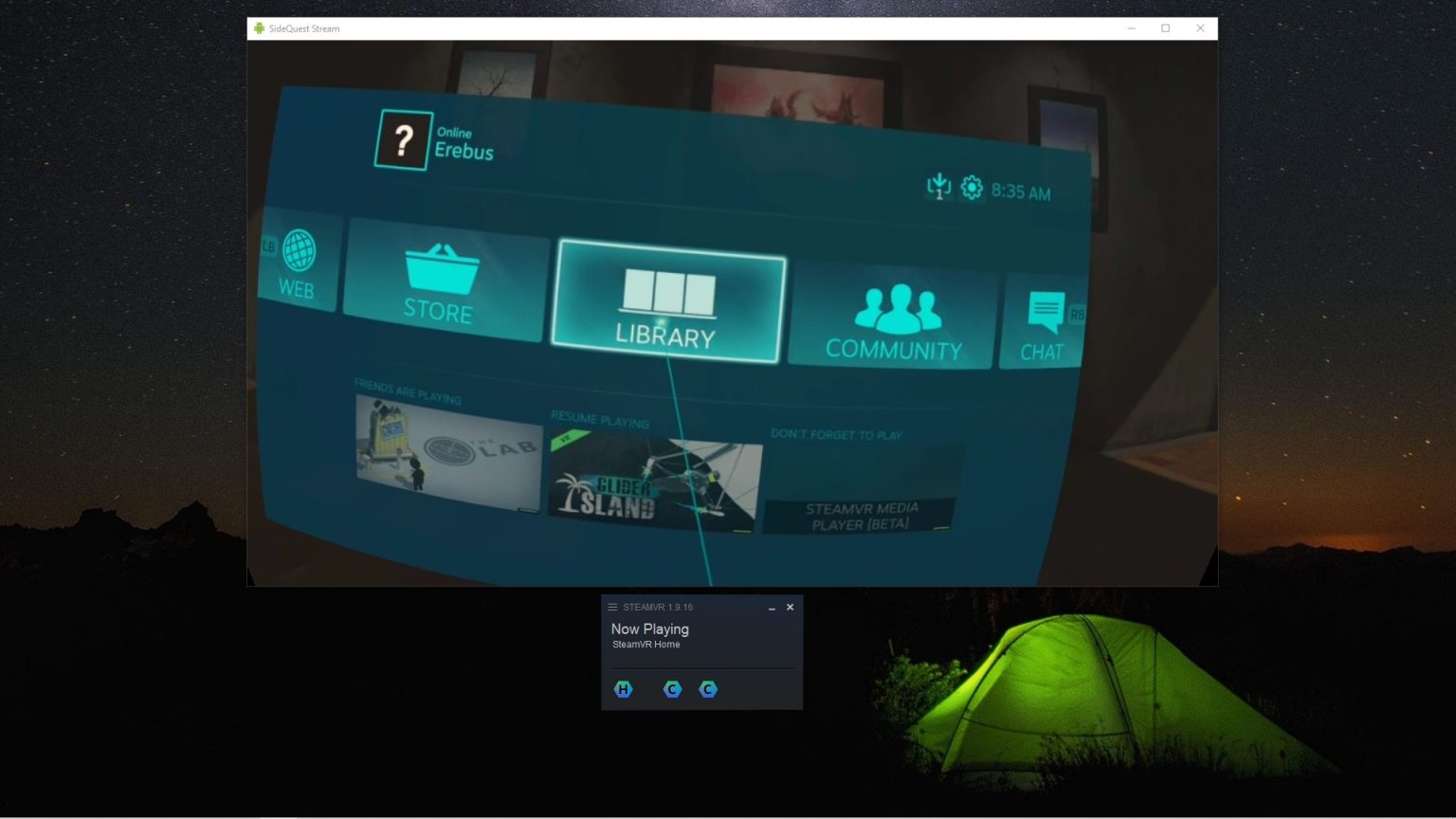
Indeed, part of the reason why there are currently over one thousand community-created mods available on the Steam platform for Half-Life: Alyx is because its developers have created an incredibly flexible and sophisticated toolbox to allow fans to create and share their own variations on the core game.įor building VR content from scratch, the Unity and Unreal games engines have become default tools. At a more involved level, one can create ‘mods’ for existing games. Some of the commercial social VR platforms allow users to create buildings and spaces, decorating them and even importing photographs, video and 3D objects.

This can be as simple as finding a game that allows users to build specific quests or missions. As discussed in Chapter 3, there are opportunities to customise existing materials, which can be a relatively straightforward way into testing specific scenarios. Instead, we are going to focus here on approaches to developing original material and the kinds of research this enables. There are a number of step-by-step guides available to get researchers started with coding for VR (for example Murray, 2020), as well as countless YouTube tutorials and blogs with handy hints and tips. We are not going to get into the details of programming here. Nonetheless, our concern in this chapter is to examine why and how we might create this kind of bespoke content. Hopefully, the earlier chapters of this book have demonstrated that one does not have to learn how to code or design 3D objects in order to undertake interesting projects using VR. Developing custom 3D content requires significant expertise, however, and can be seen as a barrier to researchers beginning to employ VR within their own work.

This approach gives maximum flexibility to the design of specific worlds and scenarios that can be used in a variety of ways with participants.

This being said, perhaps the majority of projects using VR to date skew toward the more complicated end of this spectrum, with researchers building bespoke 3D environments for their work. We have structured this book so that the chapters move from simpler to more complex ways of using VR in research.


 0 kommentar(er)
0 kommentar(er)
